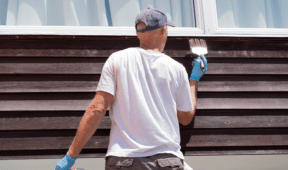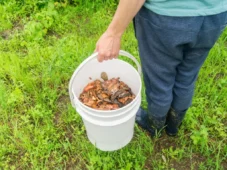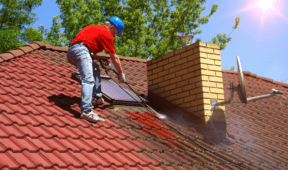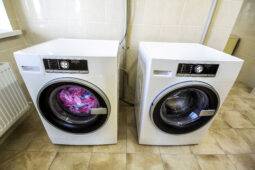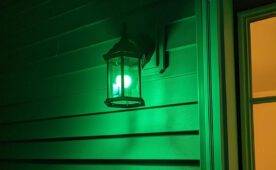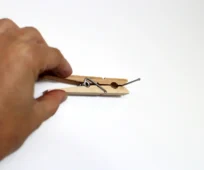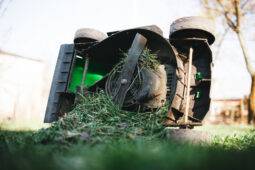How to Remove Salty Streaks From Your Floor
Winter weather brings its own set of cleaning challenges, and one of the most frustrating is the appearance of salty streaks on your floors. Whether from tracked-in road salt or de-icing products, these white stains can make your floors look dirty and even cause damage over time. Fortunately, with the right techniques, you can remove salty streaks and keep your floors looking their best.
Why Do Salty Streaks Appear on Floors?
Salty streaks often show up on floors during the winter months due to road salt being tracked indoors. This salt, combined with moisture from snow and ice, creates unsightly white stains that can be difficult to remove. If left untreated, these streaks can even damage certain flooring types, leading to long-term issues.

The Best Cleaning Solution for Salty Residue
A mixture of warm water and white vinegar is one of the most effective ways to dissolve salt stains. The acidity of vinegar breaks down the mineral deposits, making them easier to wipe away. Mix one part vinegar with three parts warm water and mop the affected areas thoroughly. For an extra boost, add a drop of dish soap to cut through any additional grime.
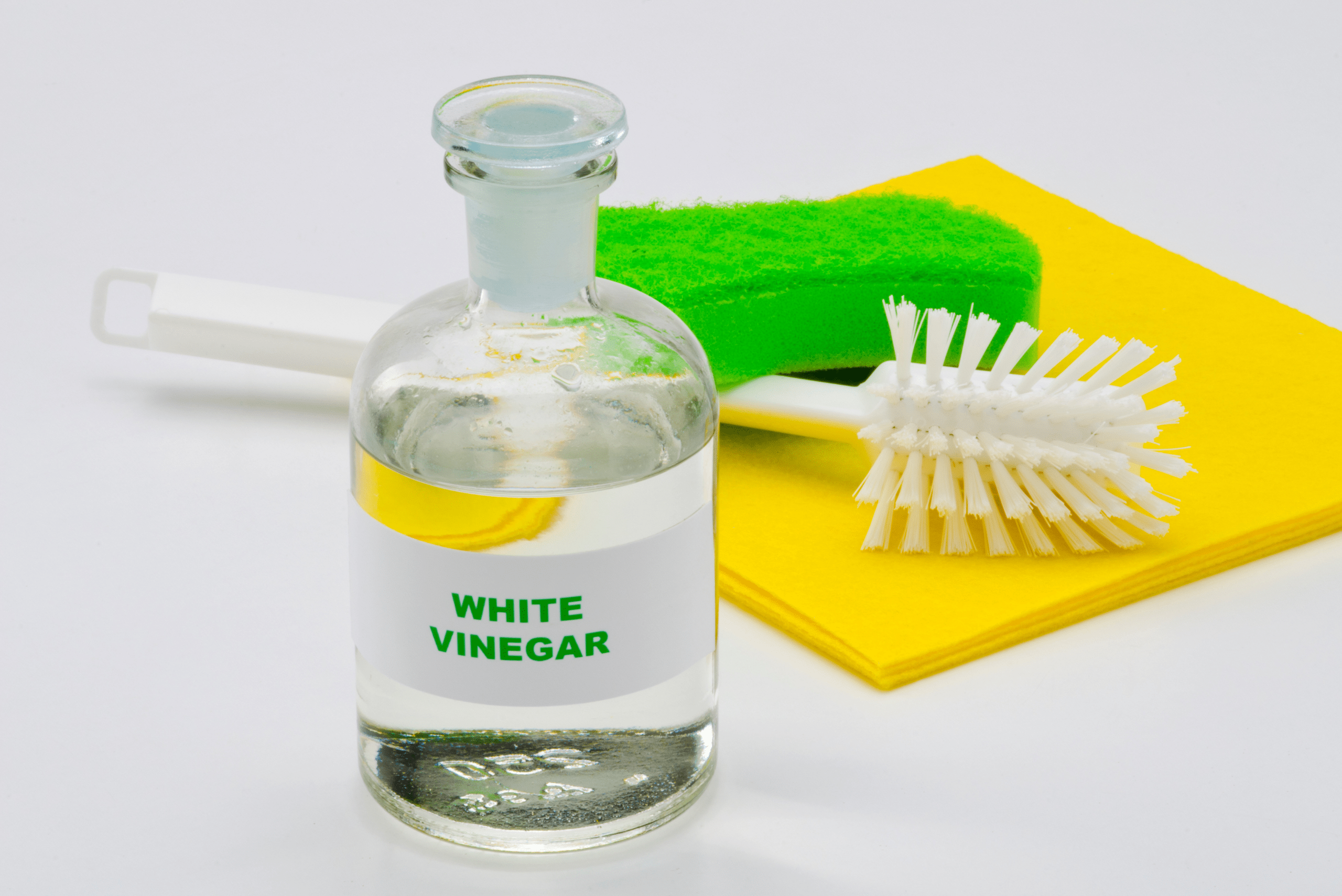
How to Prevent Salty Streaks in the Future
Prevention is key to keeping floors free from salt stains. Placing high-quality doormats at all entry points can help reduce the amount of salt brought inside. Additionally, removing shoes before walking through the house and wiping pets’ paws after outdoor walks can significantly minimize salt buildup.

Cleaning Different Types of Flooring
Different flooring materials require different approaches:
- Hardwood Floors: Avoid excessive moisture, damp mop with a vinegar-water solution, and dry immediately.
- Tile and Laminate: These can handle more moisture, but be sure to rinse with clean water to prevent streaking.
- Carpets and Rugs: Use a vinegar solution in a spray bottle, blot with a clean towel, and vacuum once dry.
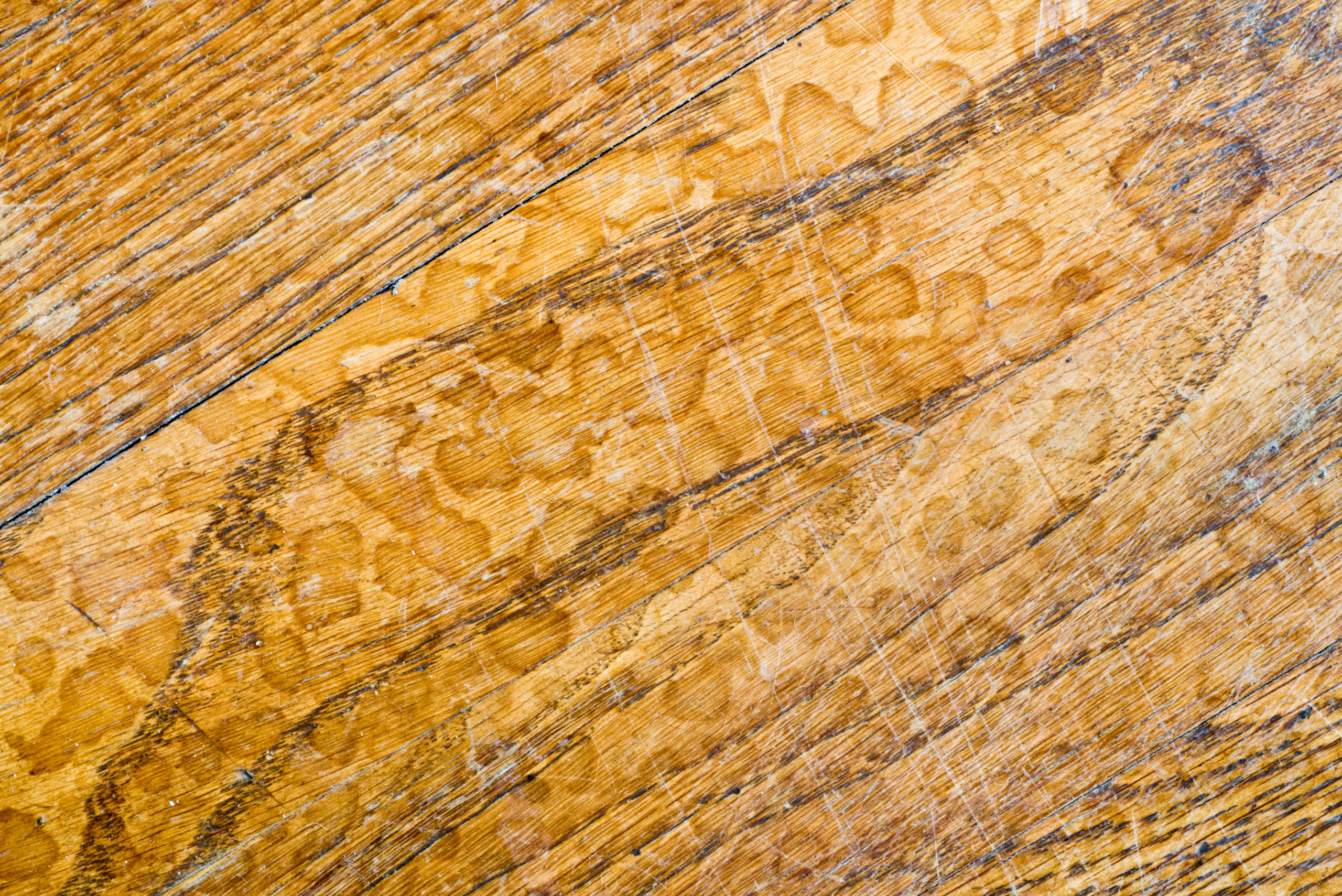
When to Call in Professional Help
If salty streaks have caused damage to your flooring or if they are deeply ingrained, professional cleaning services might be necessary. This is especially true for high-end hardwood floors or carpets where excessive salt exposure can lead to discoloration or fiber breakdown.
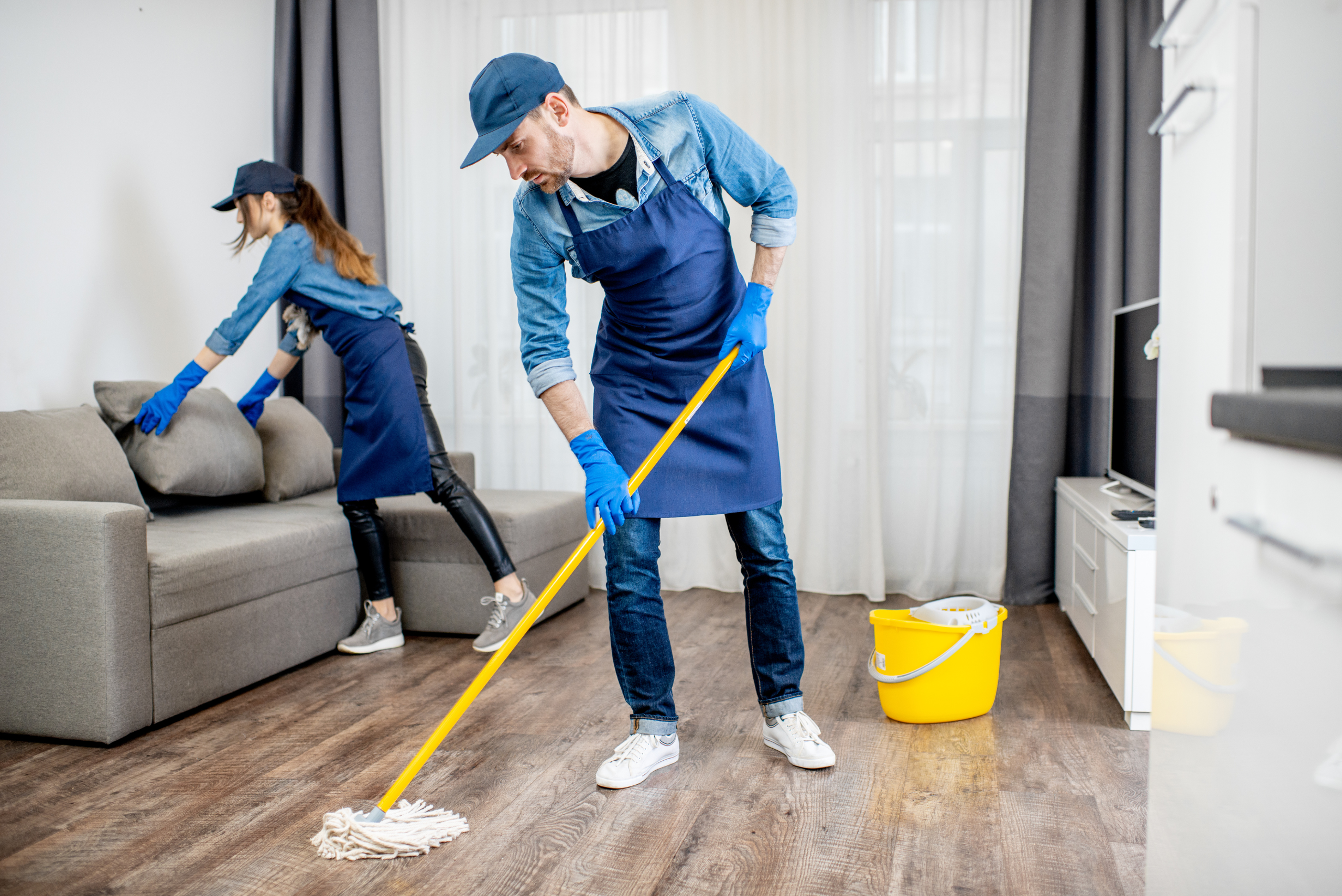
Related Articles
- The Top Mistakes to Avoid When Choosing Hardwood Floors
- Quiet Your Floors for Good with These 5 Quick Fixes
- How to Use Vinegar to Clean Floors the Right Way
Salty streaks on floors are a common winter nuisance, but with the right cleaning techniques, they’re easy to tackle. By using a simple vinegar solution, implementing preventative measures, and tailoring cleaning methods to your flooring type, you can keep your home looking fresh and clean all season long.

